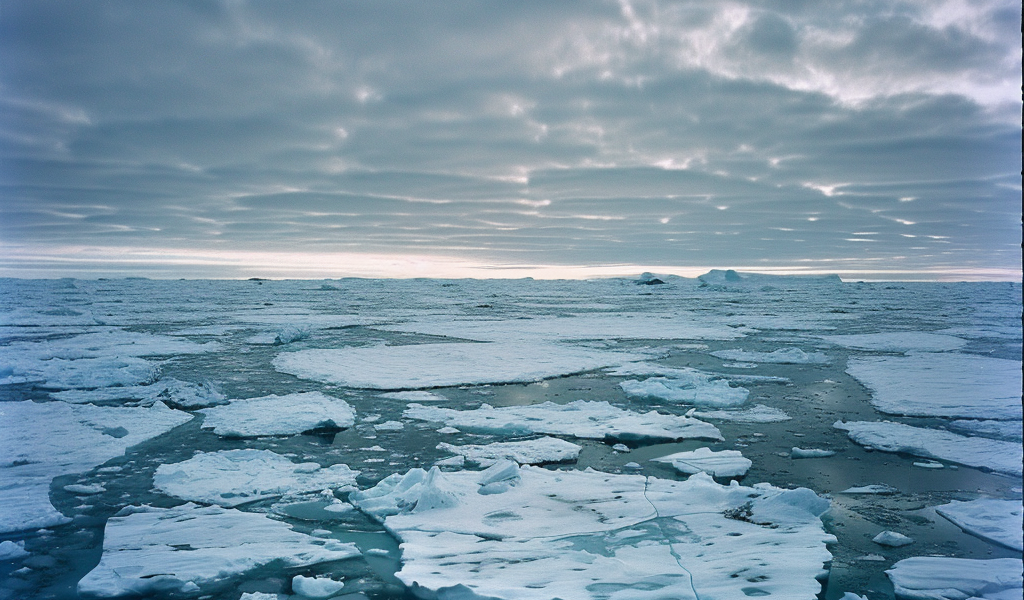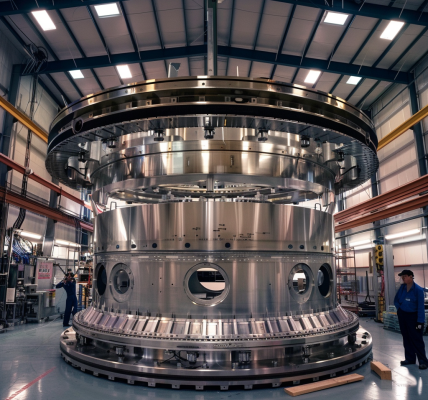Arctic sea ice has long been a focal point for scientific research and monitoring due to its crucial role in climate regulation and its sensitivity to global warming. Recent studies have highlighted the rapid changes in the Arctic region, with warming rates far exceeding the global average. The assessment of Arctic sea ice simulations using advanced models is essential for understanding future projections and potential impacts.
A recent study published in Scientific Reports delves into the evaluation of Arctic sea ice simulations using the cGENIE model. This model, known for its robust performance in various fields, shows promise in accurately representing Arctic sea ice dynamics. By analyzing multiple methods, researchers were able to identify key drivers of sea-ice variability and predict future changes under different Representative Concentration Pathways (RCP) scenarios.
The findings indicate significant regional variations in Arctic sea ice concentration under the high-emission RCP 8.5 scenario. Moreover, the study highlights a substantial reduction in Arctic sea ice thickness, indicating a more consistent trend compared to changes in concentration.
The Arctic region plays a vital role in the global climate system, with sea ice acting as a critical indicator of climate change. The rapid decline in Arctic sea ice area, as observed in recent satellite data, underscores the urgency of understanding and predicting future changes in the region. These changes not only impact the Arctic ecosystem but also have broader implications for resource exploration and navigational safety.
As climate change continues to reshape the Arctic landscape, accurate modeling and forecasting of Arctic sea ice dynamics are essential for informed decision-making and mitigation strategies. The study’s insights into the cGENIE model’s performance and projections under different emission scenarios provide valuable information for policymakers and researchers alike.





